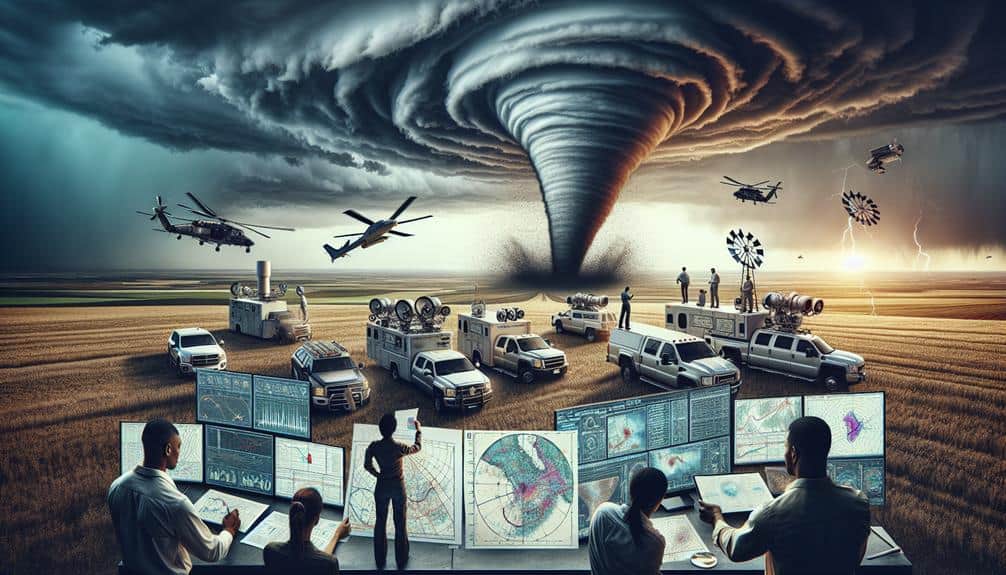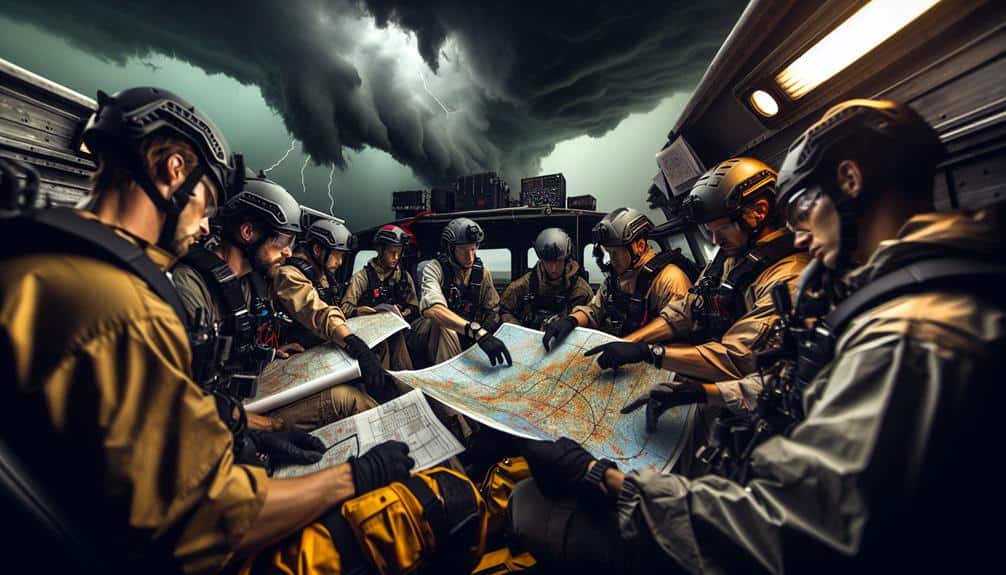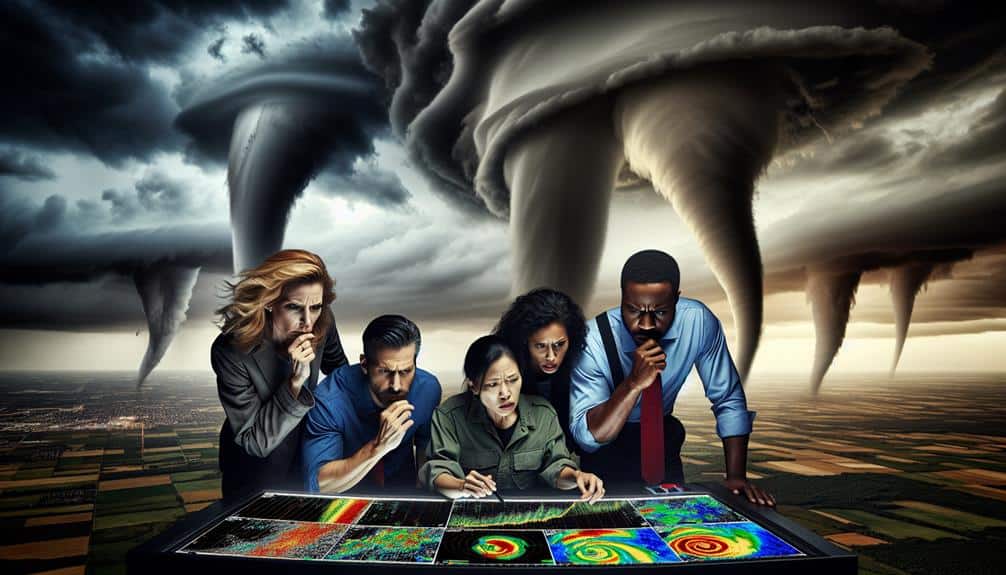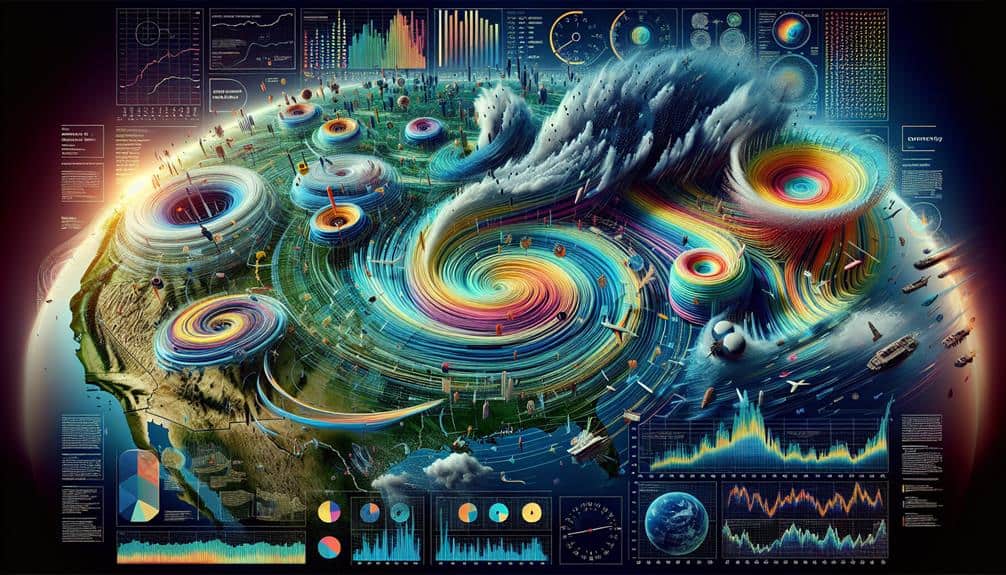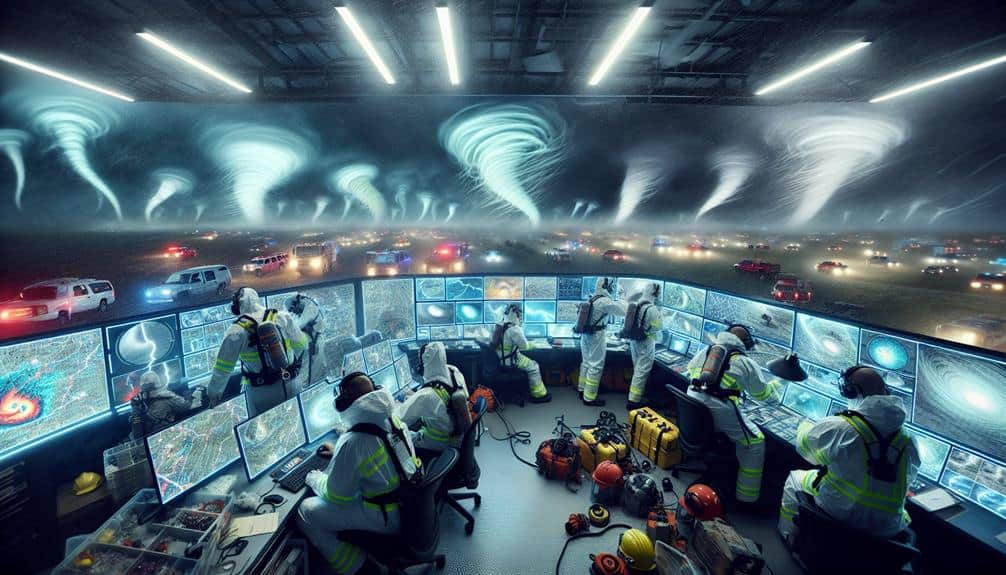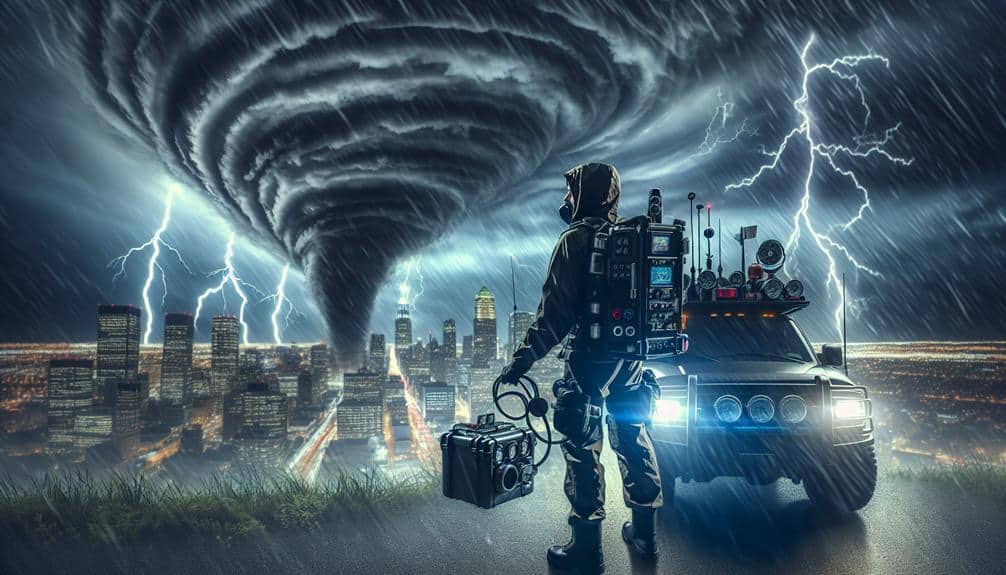What Are the Key Components of Storm Chasing Risk Assessment?
When conducting storm chasing risk assessment, we assess multiple key components, involving meteorological hazards, terrain, and road conditions. We rely heavily on Doppler radar and atmospheric data to predict storms. Evaluating topographical maps and real-time data helps us navigate safely. Vehicle preparedness, including maintenance and emergency supplies, is vital. Robust communication protocols are necessary for […]
What Are the Key Components of Storm Chasing Risk Assessment? Read More »
